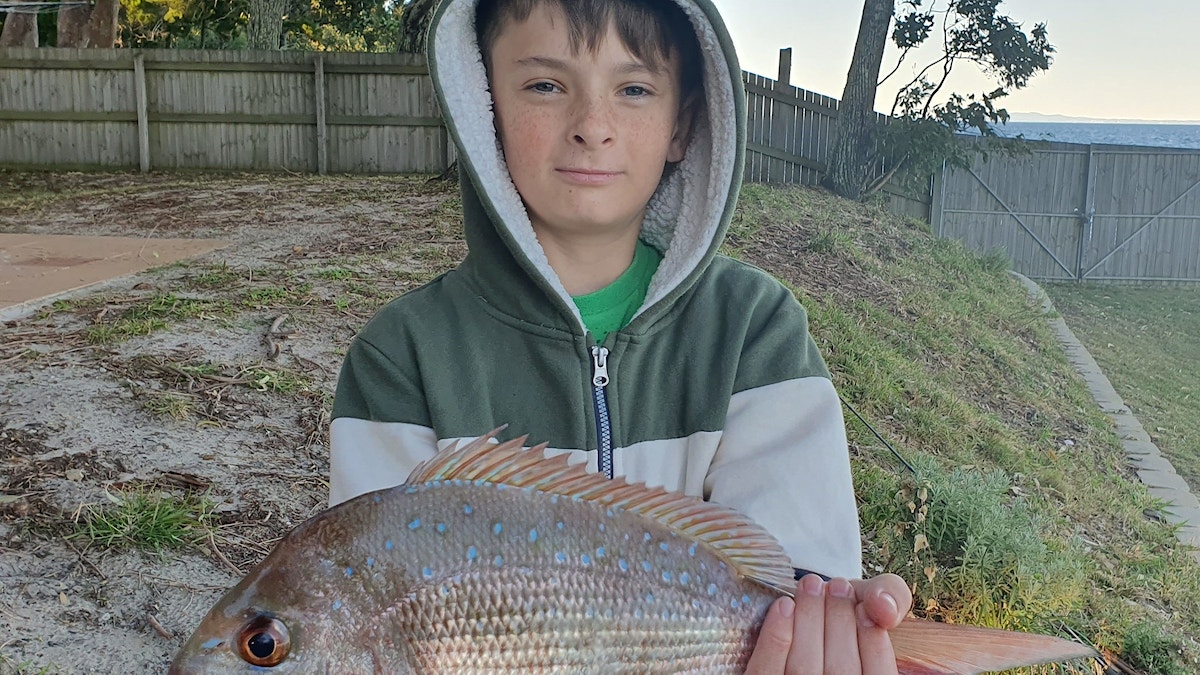

Snapper are one of the most iconic and best known Australian fish species. They are a member of the sparid family of fish which includes yellowfin bream and tarwhine.
They can be found along the Australian mainland from central Queensland south and around the mainland to Shark Bay in Western Australia. There are multiple stocks of snapper in Australian waters, and these can differ in terms of a range of factors including age and growth. Different populations of the same species also occur in the waters of New Zealand, Philippines, Indonesia, China, Taiwan and Japan. A further separate species, the “frying pan snapper” can be caught on reefs the length of the Queensland coast but is more abundant from central Queensland north at specific locations.
There are two distinct east coast stocks with an area of overlap in southern NSW around Eden. Queensland and most of NSW target a single stock but manage the same stock with different size and bag limits. Prior to 1993 the minimum legal size of snapper was 25cm and there was no recreational bag (in possession) limit in Queensland. In 1993, the minimum legal size for snapper was increased from 25-30cm and a recreational bag limit of 30 fish was introduced. In December 2002, the minimum legal size of snapper was further increased from 30-35cm and the bag limit was reduced to five per person. In 2011, the bag limit was further reduced to four fish per person (with only one fish being allowed to be greater than 70cm). A closed season was also introduced in recent years throughout Queensland waters from July 15 to August 15.
Juvenile and adult snapper are common around the Redcliffe peninsula and can be caught by land-based anglers and those in kayaks and small boats around the shallow reef areas. In the offshore areas of Moreton Bay, it has been identified that snapper prefer “coffee rock” habitat with kelp present, but they are found over a range of habitat types.
In Queensland waters, snapper can live up to 30 years but have been known to reach over 40 years of age in other states. Growth rates are much faster in warmer waters, but highly variable between individual fish. All Queensland snapper greater than five years of age and 33cm total length are sexually mature; however, fish as small as 22cm fork length (two years of age) can be sexually mature.
Snapper do not undertake coordinated large-scale migrations that involve a high proportion of the stock. Most snapper are resident in an area, but a small number can move large distances – between 100km and 1000km. This is termed a partial migration. From tagging results, the number of fish that move out of Moreton Bay and into offshore waters is fairly low.
A feature of snapper is the pronounced “bump on the head” that some fish, but not all can develop. The condition is known as “hyperostosis” which means in lay terms atypical bone growth. Snapper can also develop these bone growths elsewhere on their skeleton, but it is less pronounced. These bone growths can become more prominent with age but can also be highly variable between individual fish. There is no single agreed reason as to the cause and purpose of these bone growths, but there is most likely a genetic component to the condition although there is also likely to be an environmental component as well. However, several popular explanations among anglers such as parasitic infections, fish head butting rocks and crushing prey, and heavy metal pollution can be discounted.
Related Stories
Top Stories


